When the pharmacy shelves are empty or medical care becomes inaccessible, your backyard might be the salvation you’re looking for. Not for the vegetables, but for the medicinal plants quietly growing between your tomatoes and beans. Yes, you could grow plants that have kept humans alive for millennia before and take care of your health in the absence of modern medicine.
In my network of people, most survival gardens focus obsessively on calories. Potatoes, corn, beans and anything they eat. I know that these are important but how about we diversify our crops? How about we try growing some plants that reduce fever, stop bleeding, fight infection, and ease pain? The ones that might mean the difference between a manageable injury and a serious crisis when professional medical help isn’t available.
A well-designed medicine garden could become your life insurance and it could cover your family’s basic healthcare needs. And the beauty of it? These plants are remarkably forgiving, produce abundantly, and many of them are perennials that come back year after year without replanting.
Why These Following Five Plants Matter
I’m a straight shooter and I can tell you that you could fill an entire acre with medicinal plants and still barely scratch the surface of herbal pharmacology. Instead, make sure you grow calendula, comfrey, yarrow, mint, and lavender. Why? Because these five cover a remarkable range of medical needs, grow successfully across most of the United States, and don’t require expert-level herbalism knowledge to use effectively.
Calendula handles skin issues and wound care. Comfrey accelerates healing of bones, sprains, and tissue damage. Yarrow stops bleeding and reduces fever. Mint settles digestive problems and eases respiratory complaints. Lavender addresses pain, anxiety, and sleep issues, which for me at least, are critical when stress levels skyrocket during emergencies.
Together, they form a core dispensary that addresses maybe 70 percent of common medical situations where you’d normally reach for over-the-counter medications or make a doctor’s appointment. They’re not going to replace emergency surgery or treat serious infections that need antibiotics, but for everyday medical needs and first-aid situations, these plants are workhorses.
Garden Layout: Thinking Like a Strategist
Before you put a single seed in the ground, you need to think about placement. Not just sunlight and drainage, but also strategic accessibility and plant behavior.
If you have a typical suburban lot with limited space, I’d suggest a 10-by-10-foot dedicated medicine bed, or if space is tighter, integrating these plants into existing landscape beds. The advantage of a dedicated medicine garden is easier harvesting and better attention to individual plant needs. The advantage of integration is discretion since your medicinal garden looks like ornamental landscaping to casual observers.
Here’s the layout strategy that works well: Put mint in a container or restricted area, period. Don’t be fooled thinking you can control it because you can’t. Mint will eventually take over your entire garden given half a chance. Sink a pot into the ground if you want it to look natural, but keep those roots contained.
Position comfrey and yarrow where they can establish permanent positions. These are perennials that spread gradually, and you don’t want to be moving them around. Comfrey especially develops a substantial taproot that doesn’t appreciate disturbance. Give them the back or sides of your bed where they can mature undisturbed.
Calendula and lavender can occupy the more visible, accessible areas. Calendula is an annual (or short-lived perennial in warmer zones), so you’ll be replanting or allowing self-seeding anyway. Lavender makes an attractive border plant and benefits from the air circulation that edge placement provides.
Consider companion effects too. Lavender and yarrow both have aromatic foliage that helps deter certain pests. Planting them near your vegetable garden provides incidental pest protection. Comfrey’s deep roots mine nutrients from subsoil, and its leaves make exceptional compost material, functional beyond its medicinal properties.
Let’s dig deep into it, pun intended.
Calendula
Calendula officinalis or pot marigold, is probably the most valuable plant in your medicine garden and is known as the wound healer. It treats cuts, burns, rashes, and any skin trauma. It’s anti-inflammatory, antimicrobial, and promotes tissue regeneration. When you can’t run to urgent care for stitches or antibiotic ointment, calendula salve might prevent a minor injury from becoming a major problem.
Growing Requirements: It prefers full sun but tolerates partial shade, especially in hotter regions (zones 8-10) where afternoon shade prevents stress. It’s not fussy about soil, though it performs best in well-draining loam with moderate fertility. Avoid overly rich soil since it produces more foliage than flowers, and you want those blooms.
Soil pH between 6.0 and 7.0 works fine. If you’re amending, add compost at planting but don’t go crazy with nitrogen-heavy fertilizers. A side-dressing of compost mid-season keeps plants productive without pushing excessive vegetative growth.
Planting: Calendula can be direct-sown after the last frost or started indoors 6-8 weeks earlier, with seeds germinating in about 10 days. Plant them a quarter-inch deep, spacing 6-8 inches apart, and thin if overcrowded to prevent mildew and weak flowering. The plant often self-seeds, returning the next year if some blooms are left to go to seed, and in zones 8+ it may overwinter. For transplants, harden them off before planting, space 10-12 inches apart, and water well. Once established, calendula tolerates moderate drought.
Harvesting: Pick flowers in full bloom, preferably in morning after dew dries but before afternoon heat. You want the petals at peak color. Deadhead regularly to encourage continuous blooming, The plant will produce from early summer until hard frost if you keep harvesting.
Comfrey
Symphytum officinale carries the common name “knitbone” for good reason. It’s been used for centuries to accelerate healing of fractures, sprains, bruises, and damaged tissue. The compound allantoin in comfrey promotes cell proliferation.
Critical Safety Note: Comfrey contains pyrrolizidine alkaloids that can be toxic with internal use over time. Modern herbalists use it exclusively topically for external injuries. Don’t ingest it, period. Topical use appears safe for most people, but you should know the controversy exists.
Growing Requirements: Comfrey is a vigorous perennial hardy in zones 3-9, though it performs best in zones 4-8. It wants full sun to partial shade and isn’t picky about soil type, though it thrives in rich, moist conditions. Its deep taproot (up to 10 feet) allows it to access nutrients and water unavailable to shallow-rooted plants.
Soil pH from 6.0 to 7.0 is ideal. Amend planting areas with compost and some rock phosphate if your soil is phosphorus-deficient. Comfrey is a heavy feeder and responds well to annual top-dressing with compost or well-aged manure.
Planting: Comfrey can be grown from seed, but it’s slow and unreliable. Root cuttings or crown divisions are the preferred methods. Root cuttings (3-4 inch pieces planted horizontally about 3 inches deep) establish quickly, and plants spaced 2-3 feet apart will form large, hardy clumps over time. Once established, comfrey is nearly impossible to eradicate, as even small root fragments regenerate.
Harvesting: Cut leaves 2-3 times per growing season, taking the outer leaves and leaving the center intact. The highest concentration of medicinal compounds occurs just before flowering. Leaves can be used fresh for poultices or dried for later use, though fresh is generally preferred for topical applications.
Yarrow
Achillea millefolium is a powerful styptic (stops bleeding), anti-inflammatory, and fever reducer. In survival situations, yarrow addresses two critical needs: hemorrhage control and fever management.
Growing Requirements: Yarrow is a tough perennial hardy in zones 3-9, native to much of North America. It grows in full sun and tolerates poor, dry soil better than most plants. In fact, overly rich soil makes yarrow floppy and weak-stemmed.
Well-draining soil is essential. Yarrow tolerates drought beautifully once established but hates wet feet. If your soil is heavy clay, amend with sand and compost to improve drainage, or consider planting yarrow in a raised bed. Soil pH from 5.5 to 7.5 works fine.
Planting: Yarrow seeds need light to germinate, so press them into the soil surface without covering, either direct-sown in early spring or started indoors 8-10 weeks before the last frost. Germination takes 2-3 weeks and can be uneven; keep soil moist but not soggy. Thin or transplant seedlings 12-18 inches apart, knowing first-year plants focus on root growth while second-year plants are much stronger. Mature clumps should be divided every 3-4 years in spring or fall.
Harvest Notes: Harvest aerial parts (leaves and flowers) when plants are in full bloom. Cut stems about 6 inches from the ground, leaving enough foliage for the plant to recover. A single plant can typically be harvested 2-3 times per season. The entire aerial portion is medicinal.
Mint
Mentha species like peppermint (M. piperita) and spearmint (M. spicata) being most common which are the most common, address gastrointestinal complaints ranging from nausea to IBS symptoms. They’re also useful for respiratory issues, headaches, and generally making medicine more palatable when you’re mixing herbal remedies. When stress and dietary disruptions cause digestive chaos during emergencies, mint becomes invaluable.
Growing Requirements: Mint is notoriously vigorous, hardy in zones 3-9, and will grow almost anywhere with adequate moisture. It prefers full sun to partial shade and isn’t picky about soil.
Here’s the thing about mint: it spreads aggressively through underground runners called stolons. Plant it in-ground without containment, and it will dominate your garden within a few seasons.
Planting: Mint is best contained in 12-14 inch pots, either sunk into the ground with the rim above soil or kept above ground, to prevent its aggressive spread. It tolerates soil pH 6.0-7.0, and container soil should be refreshed every 2-3 years. While it can be grown from seed, propagation by cuttings, division, or runners is faster and keeps the variety true. Stem cuttings root in water within a week, divisions can be replanted anytime, and runners dug up with roots provide instant new plants.
Harvest Notes: Harvest mint regularly throughout the growing season. Frequent cutting promotes bushier growth and prevents flowering, which reduces leaf quality. Cut stems back by half or more, leaving enough foliage for photosynthesis. Morning after dew dries is ideal for harvesting any aromatic herb; essential oil content is highest then.
Lavender
Lavandula angustifolia (English lavender) addresses mental health challenges that intensify during high-stress survival situations. It’s anxiolytic (reduces anxiety), promotes sleep, relieves pain, and has antimicrobial properties useful for wound care. When sleep deprivation and stress threaten clear decision-making, lavender becomes your main aid for maintaining mental resilience.
Growing Requirements: Lavender is perennial in zones 5-9, though hardiness varies by variety. English lavender is hardiest while French and Spanish lavenders are less cold-tolerant. It demands full sun, at least 6-8 hours daily. Anything less produces leggy, weak plants with reduced essential oil content.
Soil is where most people fail with lavender. It needs excellent drainage and lean conditions. Heavy, rich, or moisture-retentive soil kills lavender faster than anything else. If your soil is clay-heavy, build a raised bed or mound with 50 percent sand mixed into the native soil. Lavender evolved in Mediterranean regions with poor, rocky soil and it thrives on neglect.
Soil pH from 6.5 to 7.5 is ideal. Lavender is one of the few herbs that tolerates and even prefers slightly alkaline conditions. Avoid fertilizing since it will produce foliage at the expense of flowers and makes plants susceptible to winter damage.
Planting: Lavender is slow and difficult to grow from seed due to low germination rates and the need for cold stratification, with seedlings remaining small their first year. Most gardeners prefer nursery plants or rooted cuttings, which establish more reliably. When transplanting, improve drainage with sand or gravel, plant at the same depth as the container, and space 18-24 inches apart for airflow. Propagation by cuttings is also effective if you take 3-4 inch softwood cuttings in late spring or summer, remove lower leaves, and root them in sandy mix.
Harvest Notes: Harvest lavender when about half the flowers on each stem have opened. Cut stems long, to take care of the annual pruning. Harvest in the morning after dew dries. A single plant can be harvested once per season and sometimes twice per season if you live in a warm climate.
Soil Preparation
Before planting anything, you need to understand your soil. A simple soil test from your county extension service tells you pH, nutrient levels, and sometimes texture. This information prevents guessing and wasted amendments.
For most of these plants, the goal is well-draining soil with moderate fertility. Work compost into the top 8-10 inches of soil before planting, about 2-3 inches of compost mixed thoroughly. This improves both structure and nutrient content without overdoing it.
If drainage is questionable, consider raised beds 8-12 inches high. This is especially important for lavender but benefits all five plants. You can build simple frames from untreated lumber or just mound soil if materials are scarce.
For pH adjustments: if soil is too acidic (below 6.0) and you’re growing lavender, add lime according to soil test recommendations. If soil is too alkaline (rare in most of the US), sulfur amendments gradually lower pH. However, from personal experience, unless you’re dealing with extreme pH, these five plants tolerate a wide range without amendment.
Avoid fresh manure or high-nitrogen fertilizers. These push lush vegetative growth at the expense of medicinal compound production. Lean, slightly stressed plants often produce higher concentrations of the compounds you want for medicine.
A last word
Starting your own medicinal garden is far easier than most people think and the payoff is enormous. These resilient, easy-to-grow plants can give you a critical edge when modern medicine is out of reach. I hope you will give them a chance and plan your garden today.

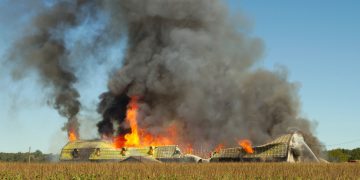
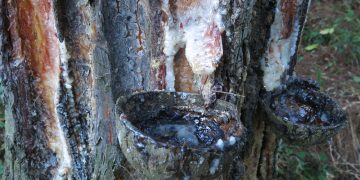
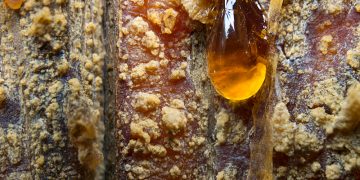

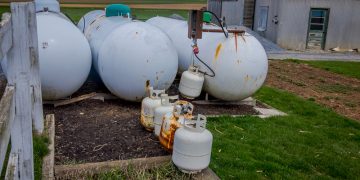


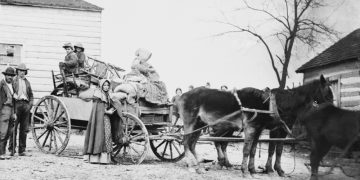

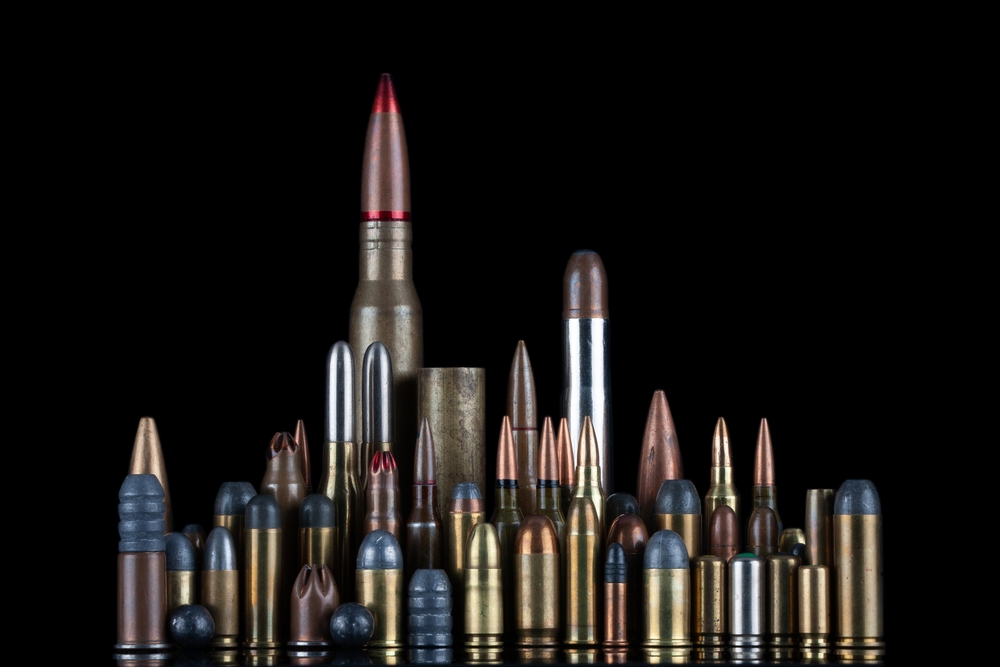
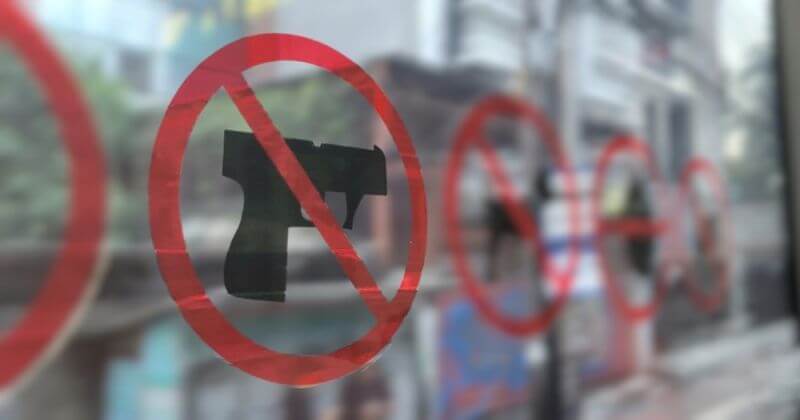


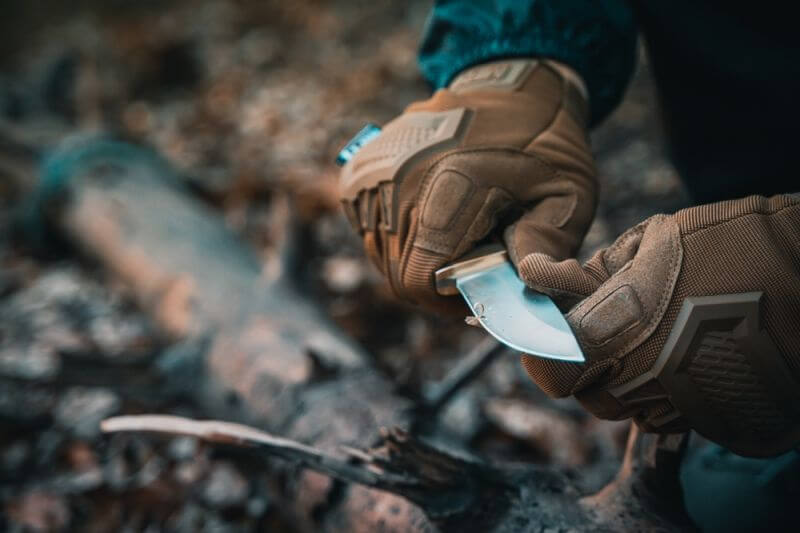
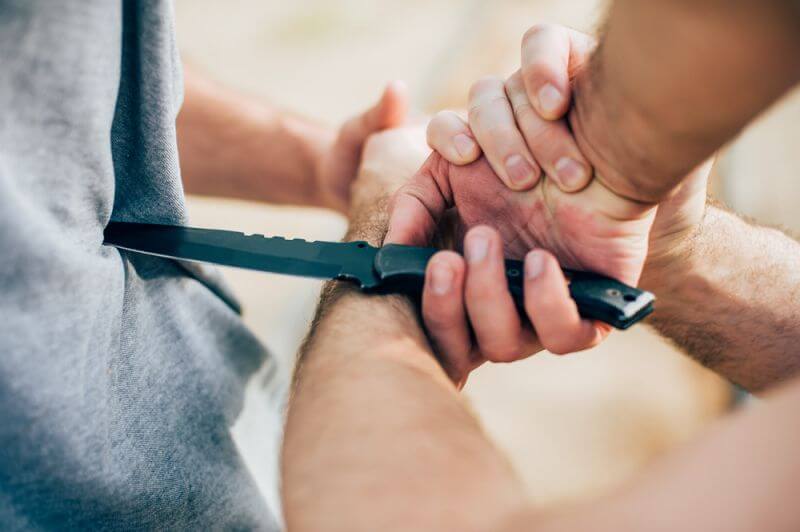
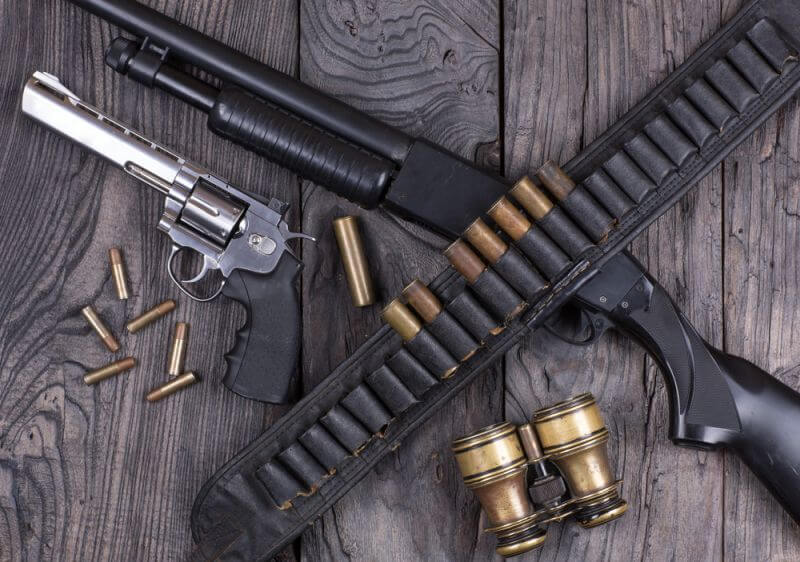

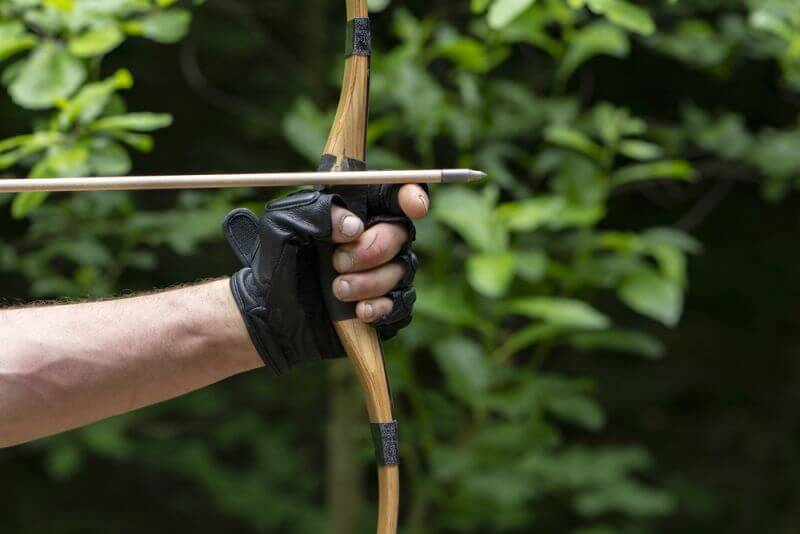
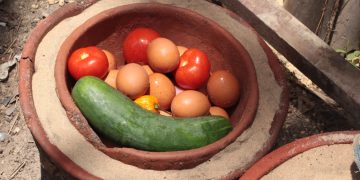

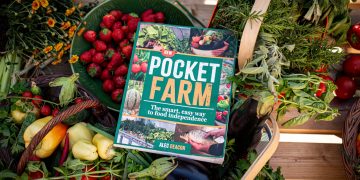
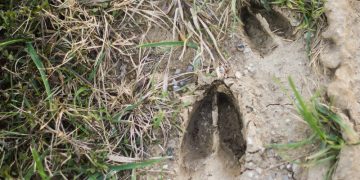
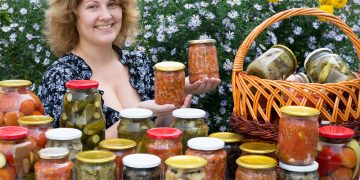


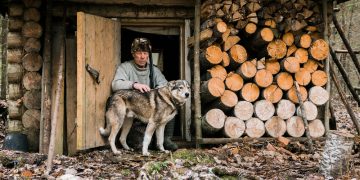
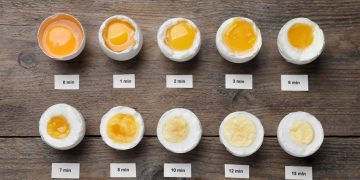

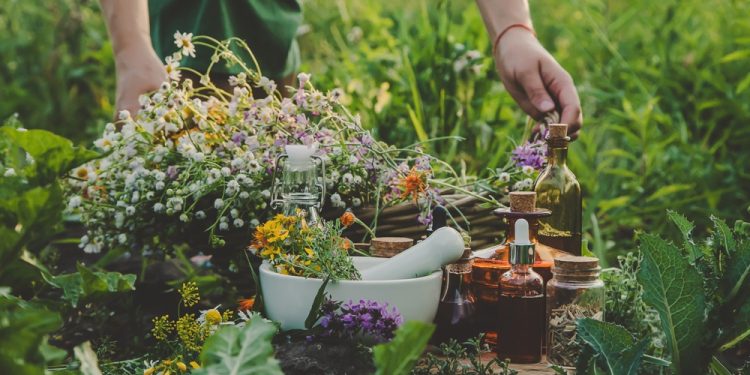

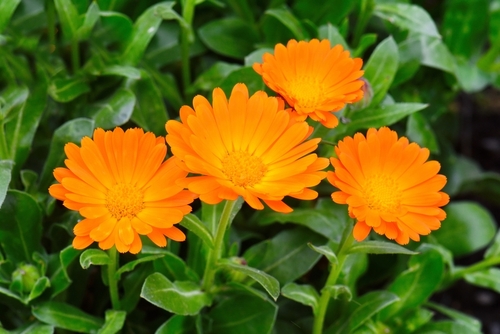
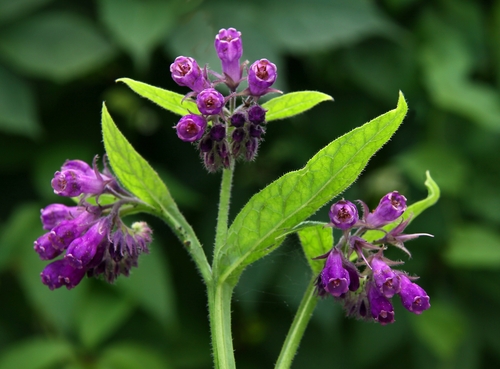
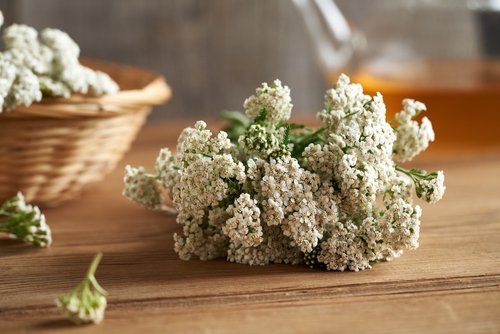
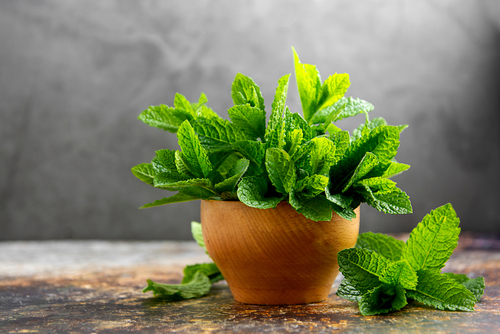
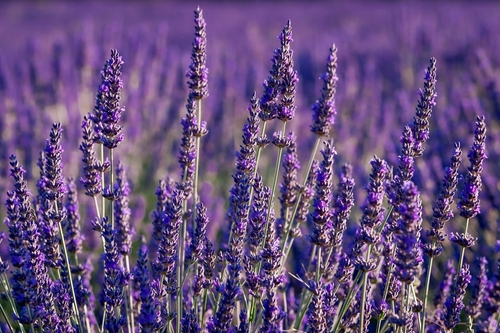





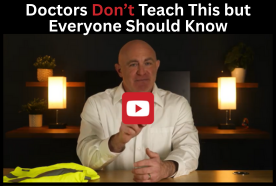
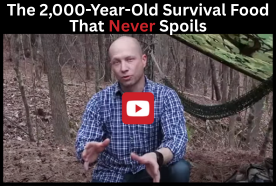


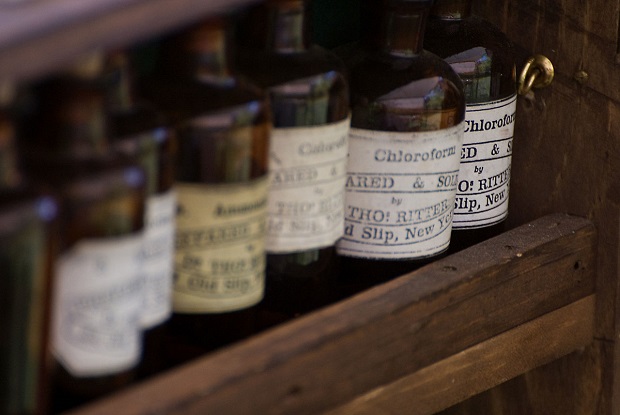
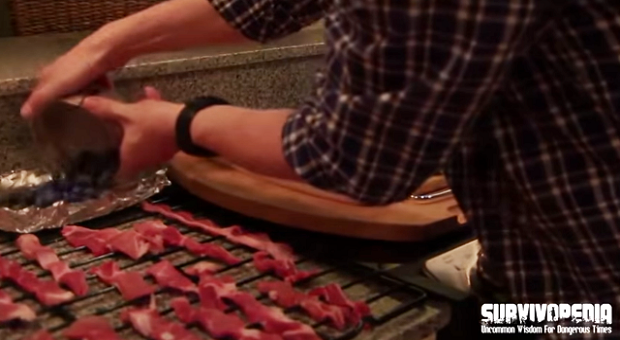



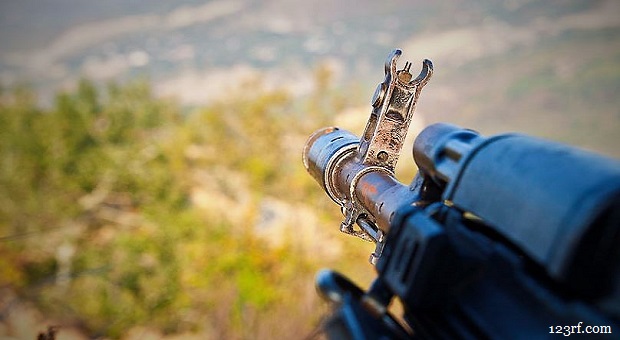
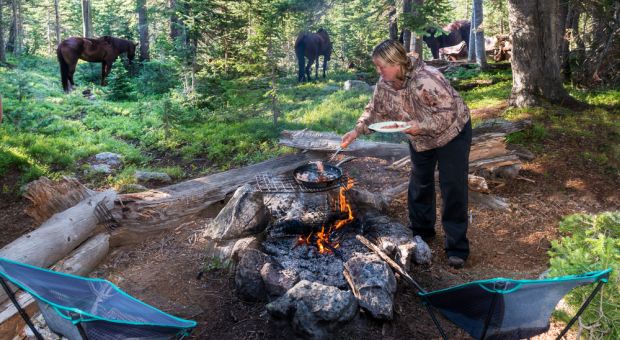
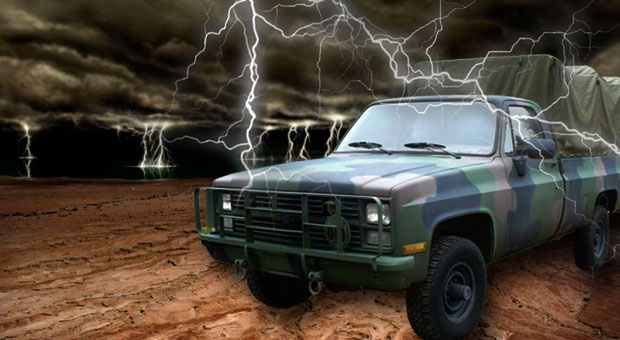
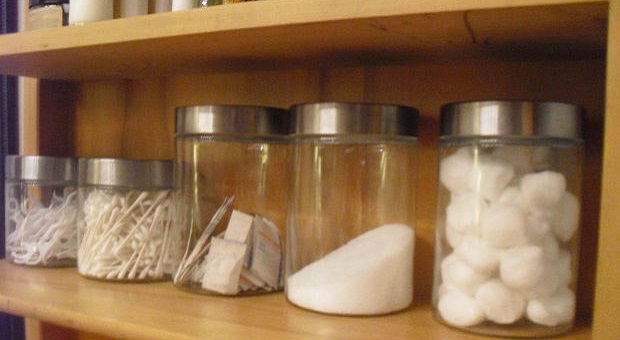
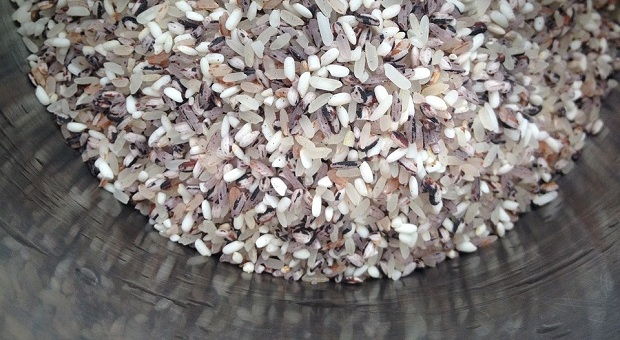







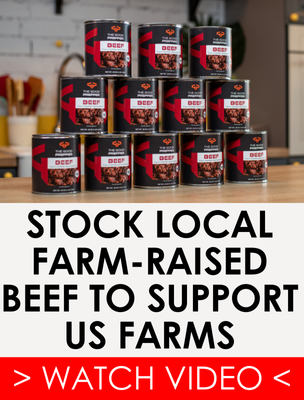
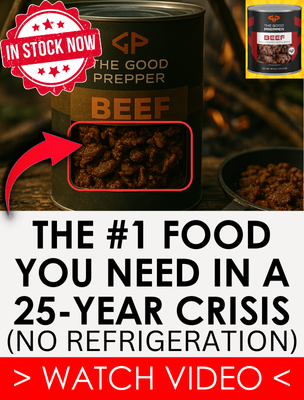








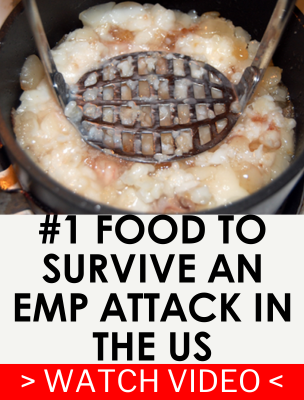

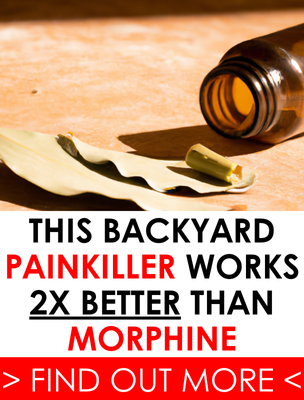
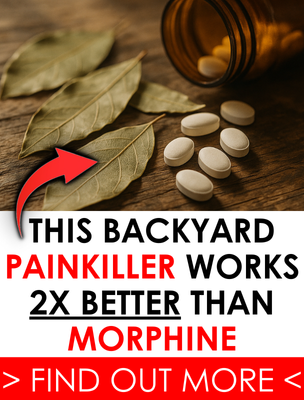
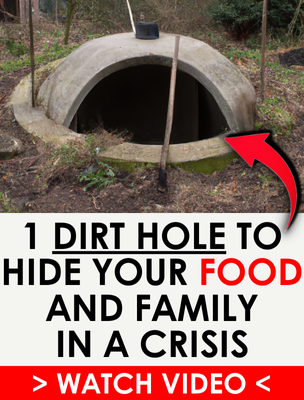
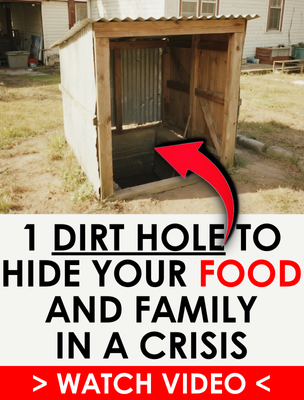




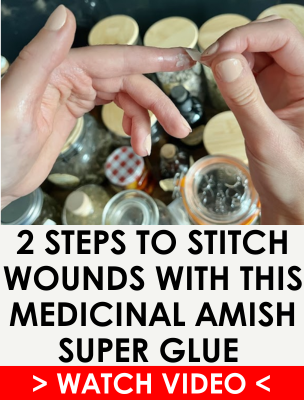
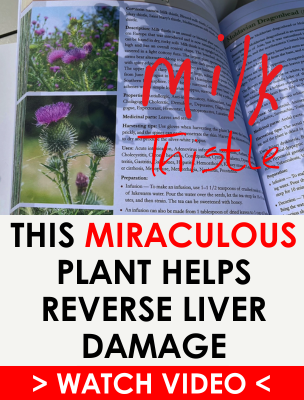

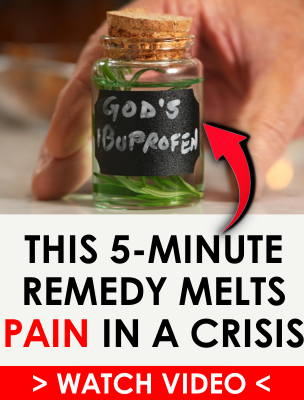
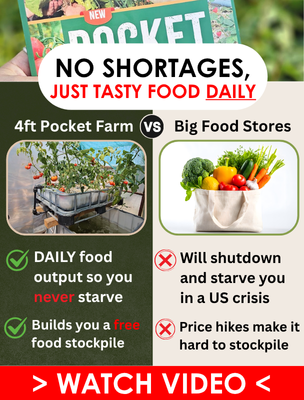

Thanks for clearly-written information on these 5 medicinal plants. Photos are very helpful, too.